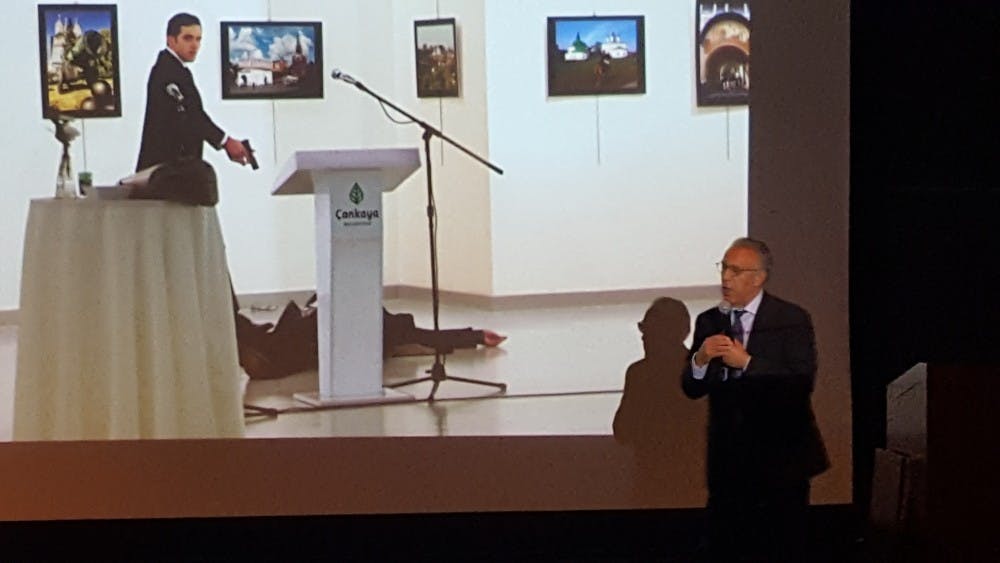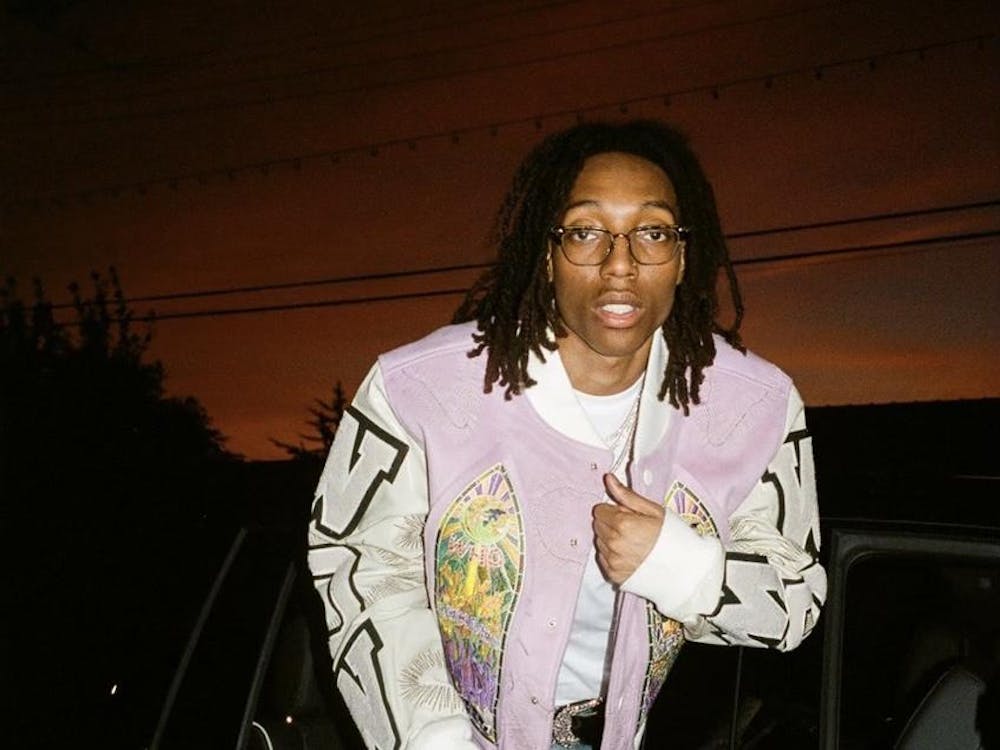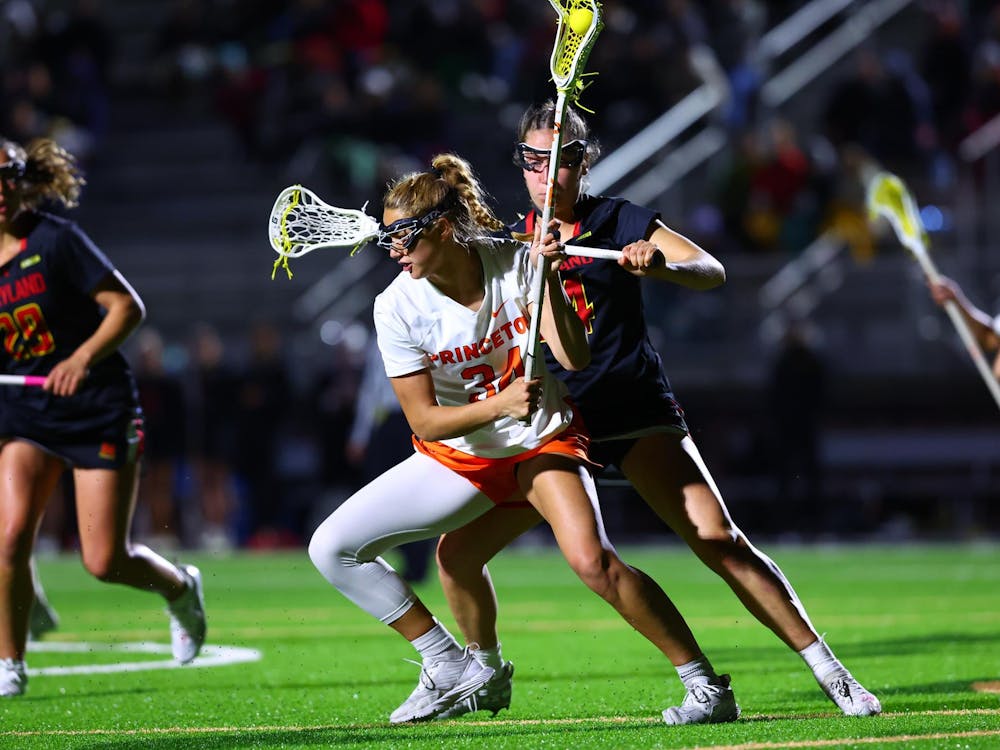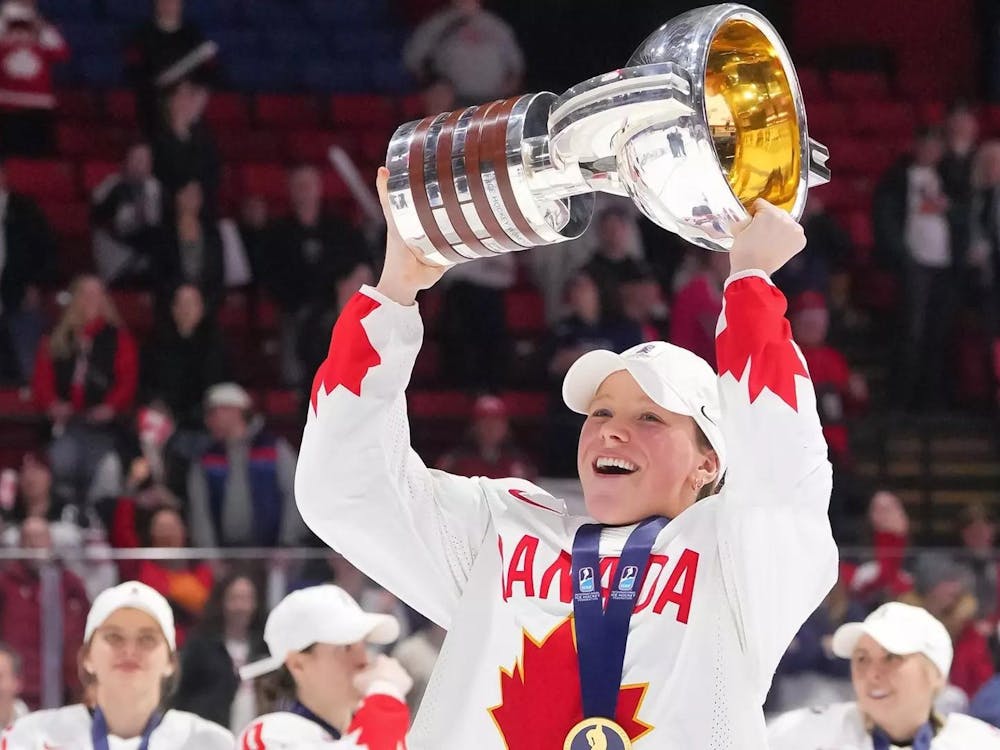Associated Press photojournalist Burhan Ozbilici, winner of the World Press Photo of the Year in 2017 for his photograph of the assassination of Russian Ambassador to Turkey Andrey Karlov by off-duty Turkish police officer Mevlüt Mert Altintas, spoke at the University on Tuesday about journalistic honesty and integrity, and the experience of photographing the assassination.
Ozbilici was meeting a friend at an art gallery. When Karlov began to speak, he moved closer to take photos, and saw a man standing behind him, who he thought might be a bodyguard. He returned to his friend, telling him the ambassador was a good man, and then there was gunfire, and he saw the ambassador’s body lying on the floor.
“I got really scared, but I did not panic,” said Ozbilici. “I immediately understood the incident was very important, historical, so I could be killed or injured, but I had to stay as a journalist, to do my job.”
He could not understand what the gunman was saying, though he later learned the gunman was speaking in Arabic. As the gunman moved, and then returned to the body and fired again, Ozbilici’s fear increased, but he had to stay calm, he said. He thought of his heroes, of the colleagues who had lost their lives in conflicts, and of his father who taught him his values.
“I felt their presence. It is imagination, not logic, but you need to believe something like this,” Ozbilici said.
According to Ozbilici, what was unique about the photos was that he had captured the assassin and the assassinated in the same photo both before and after the assassination.
“It is representing the world we are living in the dangers we are facing, the biggest dangers of our day of terrorism, of course it is not a beautiful picture,” Ozbilici explained about the photo of the gunman.
Ozbilici said he prefers the photo of the ambassador speaking.
“The ambassador was a good man, very honest, he didn’t want to have a bodyguard because he had self confidence,” noted Ozbilici. “He was a victim of the Syrian War. The gunman said, ‘You kill us in Aleppo and I kill you here.’”
As he travels around the world, Ozbilici is repeatedly asked how he could do what he did. “I repeatedly said, I’m not a hero, there is nothing extraordinary in my life, but life, as we say, in English, is not always honey and milk,” Ozbilici said.
Ozbilici related the support of his colleagues at the Associated Press and recognition he was given after taking the photos.
“I am really very proud that people recognize and value my work,” said Ozbilici. “I am a dreamer and I am still dreaming.”

As a journalist for the Associated Press, he tries to honor his father’s teachings of doing good work. For Ozbilici, journalism is a humanitarian mission. When working on a job, he always tries to help people, such as carrying the injured.
“AP really gave me the opportunity to work hard,” explained Ozbilici. “I prefer to work hard, and during all my career from my childhood, I’ve tried to invest in values: moral values, good education, good information, freedom, independence, and solidarity.”
The lecture was sponsored by the Humanities Council, the Department of Art & Archaeology, the Program in European and Cultural Studies, the Program in Russian, East European and Eurasian Studies, the Department of Slavic Languages and Literatures, and the Ferris Seminars in Journalism.
The lecture took place in 101 McCormick on Tuesday, April 24 at 4:30 p.m.









